Apple Announces iPhone 12 Series: mini, Regular, Pro & Pro Max, all with 5G
by Andrei Frumusanu on October 13, 2020 6:00 PM EST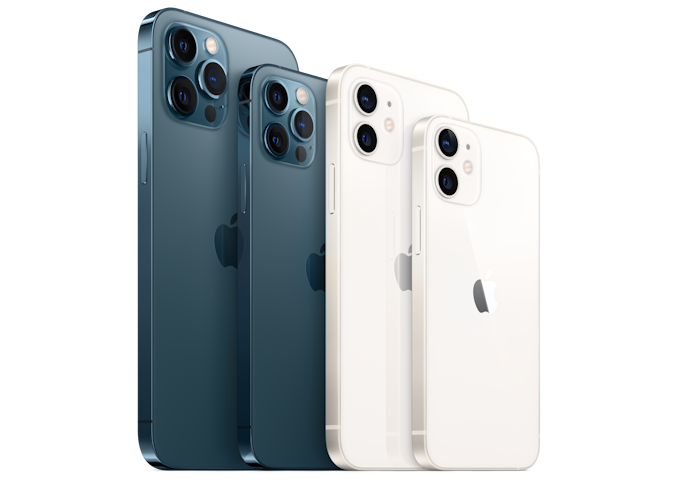
A little later in the year than usual, but today we finally saw the announcement of Apple’s newest line-up of iPhones. This time around we didn’t get two, or even three phones, but a total of four new devices ranging both in size as well as in pricing. The iPhone 12 series is a major leap for Apple as they represent the company’s first ever 5G devices, preparing the company for the next generation of cellular networks for the better part of this decade.
The iPhone 12 Pro and 12 Pro Max are both straightforward upgrades to the 11 Pro series, whilst the regular iPhone 12 represents the mainstream option as a successor to the iPhone 11. The new entry in the line-up is the iPhone 12 mini – an incredibly exciting device for people who are looking for a more diminutive form-factor device, being smaller and more light-weight than even the iPhone SE released earlier in the year.
Thanks to the new A14 SoC, we’re seeing upgraded performance across the board, as well as greatly improve image processing on the camera systems, with particularly the iPhone 12 Pro Max standing out in terms of its camera systems.
| Apple iPhone 12 Series Specifications | |||||
| iPhone 12 mini | iPhone 12 | iPhone 12 Pro | iPhone 12 Pro Max | ||
| SoC | Apple A14 Bionic 2 × Firestorm 4 × Icestorm |
||||
| DRAM | Yes | ||||
| Display | 5.42" OLED 2340 x 1080 625nits peak |
6.06" OLED 2532 x 1170 625nits peak |
6.06" OLED 2532 x 1170 800nits peak |
6.68" OLED 2778 x 1284 800nits peak |
|
| Size | Height | 131.5 mm | 146.7 mm | 160.8 mm | |
| Width | 64.2 mm | 71.5 mm | 78.1 mm | ||
| Depth | 7.4 mm | 7.4 mm | 7.4 mm | ||
| Weight | 135g | 164g | 189g | 228g | |
| Battery Life | ? mAh -12% video vs 11 |
? mAh +-0% vs 11 |
? mAh -5.6% video vs 11 Pro |
? mAh +-0% vs 11 Pro Max |
|
| Wireless Charging | MagSafe Wireless Charging up to 15W Qi Compatible (7.5W) |
||||
| Rear Cameras | Main | 12MP 1.4µm 26mm eq. f/1.6 Optics OIS |
12MP 1.7µm 26mm eq. f/1.6 Sensor-shift OIS |
||
| Tele- Photo |
- | 12MP 52mm eq. f/2.0 OIS |
12MP 65mm eq. f/2.2 OIS |
||
| Ultra- Wide |
12MP 13mm eq. f/2.4 |
||||
| Front Camera | 12MP f/2.2 |
||||
| Storage | 64GB 128GB 256GB |
128GB 256GB 512GB |
|||
| I/O | Apple Lightning | ||||
| Wireless (local) | 802.11ax Wi-Fi with MIMO + Bluetooth 5.0 + NFC | ||||
| Cellular | 5G (sub‑6 GHz and mmWave**) Gigabit LTE with 4x4 MIMO and LAA **US models only |
||||
| Splash, Water, Dust Resistance | IP68 up to 6m, up to 30 minutes |
||||
| Dual-SIM | nano-SIM + eSIM | ||||
| Launch Price | 64 GB: $699 £699 €809 128 GB: $749 £749 €859 256 GB: $849 £849 €979 |
64 GB: $799 £799 €909 128 GB: $849 £849 €959 256 GB: $949 £949 €1079 |
128 GB: $999 £999 €1159 256 GB: $1099 £1099 €1279 512 GB: $1299 £1299 €1509 |
128 GB: $1099 £1099 €1259 256 GB: $1199 £1199 €1379 512 GB: $1399 £1399 €1609 |
|
Starting off with the specifications, one big centre-point figure about the new iPhones 12 series is Apple’s newest A14 SoC chip. Apple had already revealed the chip back last month with the release of the iPad Air. The CPUs still feature 2+4 cores, with Apple a few weeks ago proclaiming a 40% performance boost compared to the A12, which should end up as 16% boost against the A13. Similarly, they had noted a 30% GPU performance boost over the A12, and when we normalise that across generations it would represent a more meagre 8.3% boost.
We had worried about the rather conservative performance figures that Apple had presented in its initial event, but theorised that it’s possible the company had opted to optimise power efficiency over more performance gains. In today’s presentation, Apple rather than alleviating these worries with more details, actually made me think of the worst-case scenario as they had made no mention of power efficiency.
Even worse still, Apple resorted to comparing the performance of its A14 chip to the nearest mobile competition – claiming a 50% performance leadership both in CPU and GPU performance. Whilst these figures are in line with what we’ve measured these past generations, it’s very much atypical and unlike Apple to make comparisons like this, historically actually always just ignoring the competition and rather focusing on their own generational improvements. Apple not mentioning power efficiency, as well as them opting to showcase competitive figures rather than generational improvements is a bit of a red flag for me, so I do hope the A14 actually ends up being a notable upgrade, fingers crossed.
In terms of memory and storage, well, as usual Apple doesn’t like to talk about the DRAM employed on the devices, but we do at least expect a shift to LPDDR5 this generation as this would be in line with industry production schedules and capacities.
In terms of storage, we’re finally seeing a shift from 64GB to 128GB for the 12 Pro models. You can opt for the usual 256 or 512GB configurations here for a more substantial mark-up. The iPhone 12 and 12 mini remain at a 64GB starting point, boosting to either 128 or 256GB configurations.
Apple put a lot of emphasis on the 5G capability of the phones this generation. All of the new devices in the 12 series are 5G compatible, with fully featured cellular capabilities for the new standard – at least in some countries. mmWave also sees adoption across the board, however only in the US market as all other global variants only support sub-6GHz 5G NR connectivity. What was notable is that Apple claimed they did extensive work on designing custom antennas for the new phones, integrated into the new metal frame of the iPhones 12’s – it’ll be very interesting to see teardowns of the devices once available.
The iPhone 12 & iPhone 12 mini - Extremely intersting value iPhones
Starting off with the new iPhone 12 and 12 mini, Apple showcased the new industrial design of the new phones, which feels a lot like a jump back in time to the iPhone 4/5 days, featuring a characteristic flat metal frame. Apple has been able to reduce the bezels of the phones on all sides, and thanks to this actually manages to house larger diagonal screens in roughly the same footprint as its predecessor devices.
The big news for the regular iPhone 12 as well as the 12 mini is the fact that Apple has finally ditched the LCD panels and gone OLED for the full line-up. Particularly we’re seeing a huge jump between the iPhone 11 and the new iPhone 12 as the new OLED screen features double the pixel resolution compared to its predecessor, notably raising the pixel density. This was still a major gripe for me for last year’s iPhone 11 and the new iPhone 12 just looks so much better and more modern because of this upgrade.
Apple has actually managed to reduce the weight of the iPhone 12 compared to the iPhone 11, which is quite interesting. We don’t yet know the battery capacities of the new phones, but in Apple’s battery life metrics they don’t show any differences to the iPhone 11.
Apple is said to have made some large leaps in terms of the display cover glass this generation, debuting a new material they call “Ceramic Shield”. The new glass/ceramic material developed in conjunction with Corning Glass claims to be 4x more shatter resistant than past generation Gorilla Glass implementations, which hopefully will add to the longevity and robustness of the devices.
A big surprise was the announcement of the iPhone 12 mini, which is actually Apple’s most compact device since the first-generation iPhone SE in 2016. Unlike the SE series, the 12 mini isn’t a rehashed or a budget phone, but rather a new flagship compact device featuring the newest technologies. I’ve seen a ton of demand for such a phone and I have no doubts that the 12 mini will be a tremendously successful device. Kudos to Apple to catering to this part of the market.
In terms of cameras, the iPhone 12 devices seem to offer the same sensor modules as on the 11 series, at least on the part of the 12, 12 mini and 12 Pro, we’ll get to the 12 Pro Max in just a bit. For the 12 and 12 mini Apple opted to continue to use just two modules, it being the regular wide angle as well as the ultra-wide-angle. Apple did update the optics of the main camera module with a new 7-element lens setup, featuring a larger f/1.6 aperture promising 27% more light gathering ability for the new phones.
Other hardware design changes have been made in the wireless charging category. Apple has introduced MagSafe for all the new devices – this is a new wireless charging coil that’s surrounded by a circular magnet array. Combined with a MagSafe accessory, this will now be able to latch onto the phone thanks to the magnets, allowing for always perfect wireless charging coil alignment.
The new MagSafe system also allows for compatibility with various cover accessories, and Apple will be offering a small wallet snap-on that will remain on the back of the phone. The system will also be effective through protective cases, so you won’t have issues in that regard.
The iPhone 12 Pro & iPhone 12 Pro Max - The bigger beasts
Whilst the iPhone 12 and 12 mini are very interesting, the new Pro models represent the more premium models in the line-up. Comparing things between the iPhone 12 and the 12 Pro first, what’s to be noted here is that both devices are identical in terms of their dimensions – even featuring the same resolution screens. Apple does however note that the OLED panels on the Pro models go to a higher brightness, so it’s possible these units are using a newer more efficient emitter material, whilst the simpler 12 models are using a cheaper, older generation emitter.
The big change is in terms of the build materials. Whilst the iPhone 12 frame is made of aluminium, the iPhone 12 Pro models are made out of stainless steel. There’s actually a quite significant difference between the two new phones, one coming in at 164g whilst the Pro models falls in at 189g.
Apple is reportedly using a new high-end process to achieve the mirror-like finish on the Pro models, giving them a very premium look.
Whilst the iPhone 12 Pro has remained relatively in check and in a similar footprint to the iPhone 11 Pro, the new iPhone 12 Pro Max is actually a slightly larger device than its predecessor – although all the new phones are notably thinner.
The 12 Pro Max raises the screen diagonal to 6.68” and features a 2778 x 1284 resolution panel. All of the OLED panels support Dolby Vision HDR, up to 1200nits peak brightness.
We noted the cameras on the regular iPhone 12 which aside from the new optics don’t seem all that different to the iPhone 11 range. The iPhone 12 Pro adds in a 12MP 52mm 2x optical magnification telephoto module to the bunch, which again on paper appears to be similar or the same as found on the 11 Pro series.
The iPhone 12 Pro Max is actually different to the rest of the line-up. First of all, it’s got a slightly different telephoto module with a longer focal length, reaching up to a 65mm equivalent, but loses a bit of light as it downgrades from f/2.0 to f/2.2.
The interesting camera of the whole line-up is the main wide module of the 12 Pro Max, which is a new 12MP sensor with 1.7µm pixels, which should result in a sensor size between 1/1.7” to 1/1.8”. This is in line with flagship camera sensors in 2020, but falls short of being in the category of gargantuan 1/1.3” modules employed by Samsung, Huawei or Xiaomi. The new Apple sensor certainly isn’t breaking any new records, but it’s still somewhat interesting that they opted to only don the Pro Max with such a unit.
The image stabilisation of this new module is also extraordinary, as it’s the first mobile camera module that employs sensor shift stabilisation, where the actual sensor moves around, rather than the optical lens elements of the module. In a sense you could call this an IBIS system? Certainly, OIS isn’t truly a correct term anymore here as the optics aren’t stabilised. In any case, Apple promises a full f-stop stabilisation gain through this new mechanism, which will definitely help low-light photography.
Apple has made some very large leaps in terms of image processing with the new iPhone line-up. First of all, we now finally have the full range of advanced computational photography features across all of the phone camera modules, even including the front-facing 12MP f/2.0 camera. This means we now have Night Mode and Deep Fusion on the telephoto as well as ultra-wide-angle modules, in an even better quality than past iPhone implementations.
The Pro models feature an additional LiDAR sensor which essentially acts as a type of time-of-flight 3D sensor. Beyond being able to 3D scan objects and rooms, one substantial use-case of the new sensor is low-light focusing aid, with Apple claiming focus in such situations to now be up to 6x faster.
There’s also the inclusion of SmartHDR 3, being able to retain more information in high-dynamic range scenes than before. For the professional users, we’re now seeing the introduction of the Apple ProRAW format, which retains all the computational photography image enhancements done by the phone’s processing, inside of a RAW container that has an augmented bit-depth for your classic post-capture image adjustments. In terms of video recording, Apple is now introducing 10-bit HDR recording in Dolby Vision format for all the phones, although only the Pro models feature the additional 60fps capability here.
All in all, we’ve seen some major leaps in the camera department, as Apple continues to leverage its computational power of its in-house silicon.
Stable Prices - The iPhone 12 and 12 mini starting at $799 and $699
The iPhone 12 Pro models are quite straightforward in their pricing as they’re in line with the previous generation phones. The 12 Pro starts at $999, while the 12 Pro Max comes in at $1099.
The iPhone 12 and 12 mini pricings are a lot more interesting as you’re getting devices that aren’t really comparable to past generation iPhones. At $799 starting price, the iPhone 12 is $100 more expensive than the iPhone 11, but you do get feature parity in terms of 5G connectivity as well as the new OLED screen. The 12 mini starts at $699 and represents an equally interesting value proposition given that you are receiving a compact flagship device.
Apple’s pricing throughout the range is actually quite reasonable when contrasted to the rest of the smartphone competition which had seen some quite notable price hikes with the new 5G generation of devices. The only odd things here is that Apple’s exclusion of mmWave connectivity outside US models doesn’t actually come with any kind of discount, with for example European prices still coming in at a $90 pre-tax surcharge even though those models actually offer less hardware.
For me, the iPhone 12 is set to be a big winner, given its similarity to the iPhone 12 Pro. You only lose out a telephoto module and the LiDAR module, and a bit of premium materials, but pay $200 less. The inclusion of an OLED screen makes this a much more attractive option than the iPhone 11 ever was.
The only last odd thing about today’s iPhone release is the respective phones release dates. The regular sized devices are targeted for an October 23rd release, whilst the Pro Max and the mini both are delayed 3 weeks until November 13th – so if you’re after the extra-small or the extra-big phones, you’ll have to be a little more patient.
Related Reading:
- Apple Announces 5nm A14 SoC - Meagre Upgrades, Or Just Less Power Hungry?
- Apple Announces new 8th gen iPad with A12, iPad Air with 5nm A14 Chip
- Apple Announces iOS 14 and iPadOS 14: An Overview
- The iPhone SE (2020) Review: A Reinvigorated Classic
- The Apple iPhone 11, 11 Pro & 11 Pro Max Review: Performance, Battery, & Camera Elevated


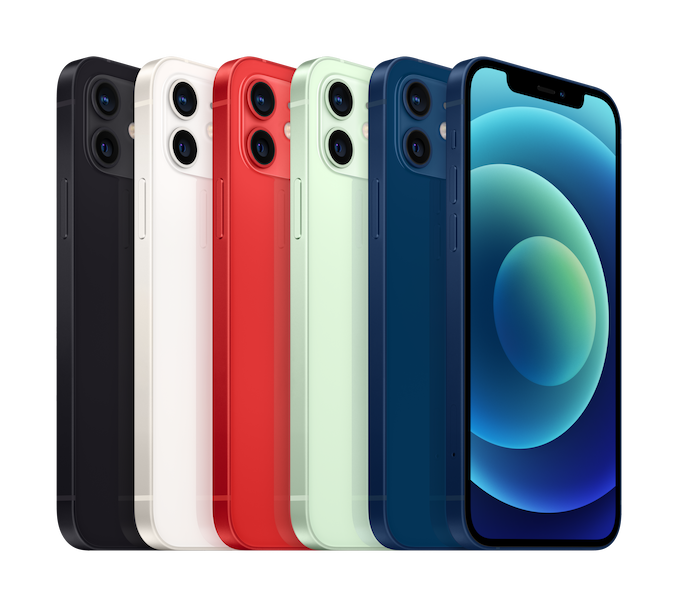
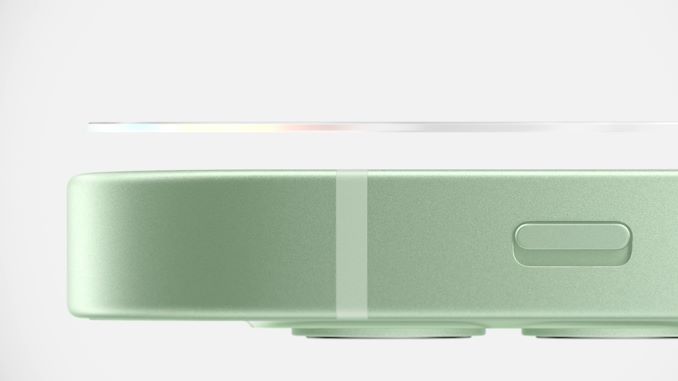
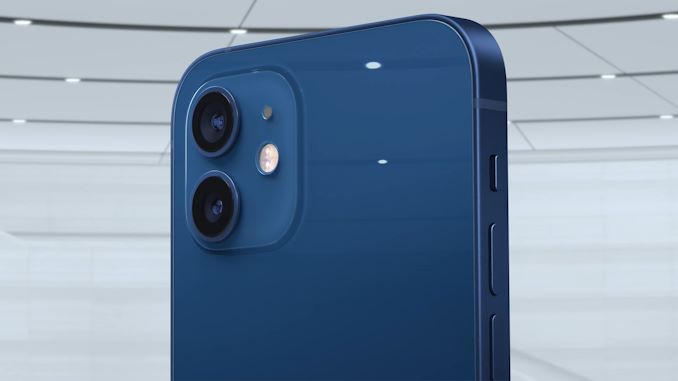
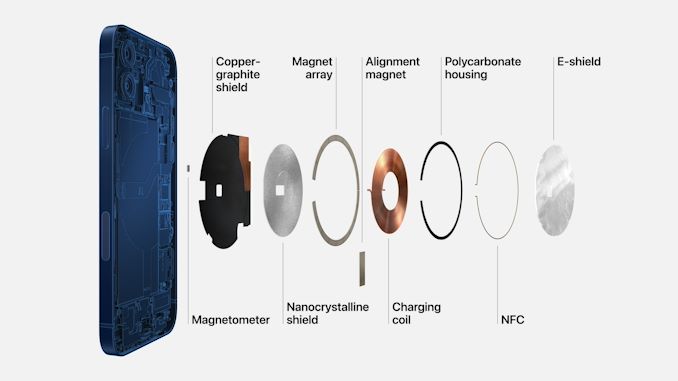
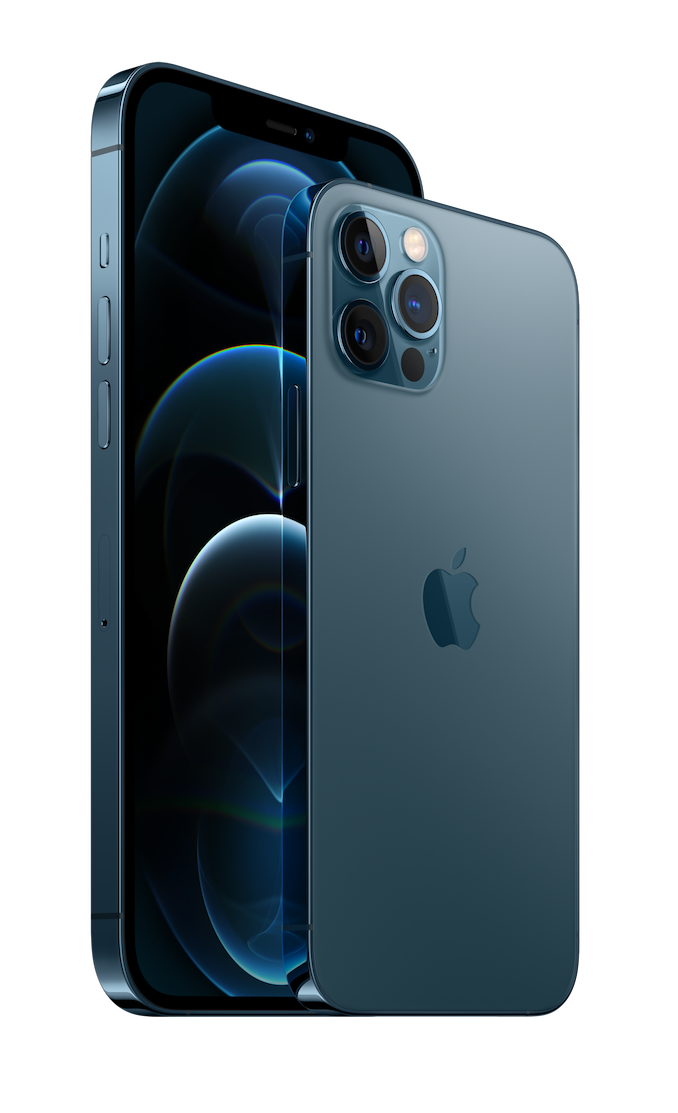
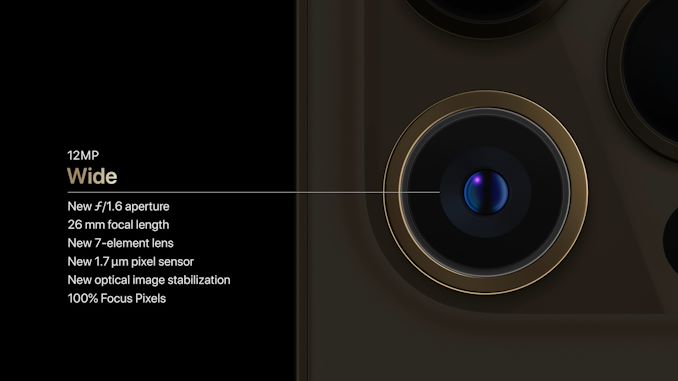
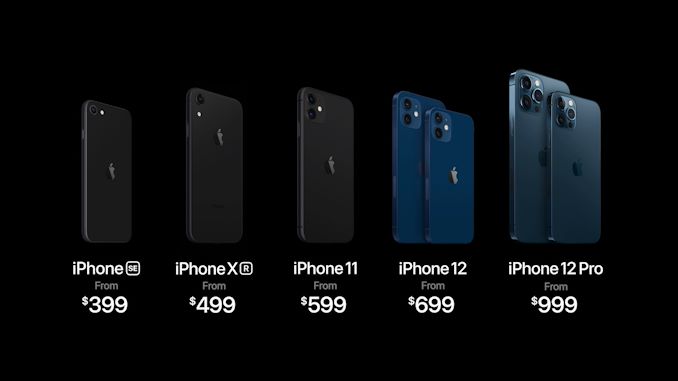








171 Comments
View All Comments
Featherinmycap - Wednesday, October 14, 2020 - link
In the apple eco system you can over time accumulate a big bunch of USB-A chargers from iPads, phones, AirPods, other usb devices. As long as you have a USB-A to Lightning cable you can use those old chargers. Now Apple is including a USB-C cable, and there are likely not nearly as many of those chargers laying around. So mostly use supply of Lightning to USB-A devices in the short term.Meteor2 - Thursday, October 15, 2020 - link
To be crystal clear, the EU have asked Apple to change to USB-C, but they have *not* asked anyone not to ship chargers with products.They want a common charging standard so it's easier to re-use old chargers and cables. That is *not* the same as not shipping new ones.
JoeDuarte - Tuesday, October 13, 2020 - link
What's the benefit to "the environment"? There's nothing wrong with throwing things away. Modern landfills are incredibly good and well-engineered. I'm not aware of charging bricks being hazardous waste. I think they're mostly plastic and copper, so it should be fine to toss them. Environmentalism is often irrational and built around arbitrary abstractions, symbolism, and virtue signaling.LiverpoolFC5903 - Wednesday, October 14, 2020 - link
One of the most clueless comments i have read on here. If you think dumping non biodegradable waste into landfills is an ideal way to go about things, you simply don't have a clue or are deliberately being obtuse.jimmyIII - Wednesday, October 14, 2020 - link
Exactly, not to mention the energy and materials required to manufacture chargers.Spunjji - Wednesday, October 14, 2020 - link
It's not clueless - these anti-environmentalist types know exactly what they're doing. Specious rhetoric is their bread and butter.Yojimbo - Wednesday, October 14, 2020 - link
Those non-biodegradable things all came from the ground to begin with...Yojimbo - Wednesday, October 14, 2020 - link
What could possibly be wrong with burying non-toxic things in the ground? The problem with burying toxic things in the ground is if they affect water systems...Spunjji - Wednesday, October 14, 2020 - link
The irony of posting about "arbitrary abstractions, symbolism, and virtue signalling" in a post that contained only anti-environment propaganda. Your post is PURE virtue-signalling (you only disagree on the virtues), while actually taking action not to create more e-waste is the opposite of virtue-signalling.Constantly manufacturing new things we don't need from limited materials pulled out of the ground in resource and labour-intensive extractive processes (often involving slave labour, or something close to it) is insanity. No amount of pseudo-rationalist waffle will change that fact.
lutenic - Wednesday, October 14, 2020 - link
Its not actually BS! My family has 4 iPhones currently. We have 4 chargers, 4 earbuds already.For the new USB-C port just buy a new USB-C cable or use your existing cable from other phones. What the matter with increasing so many cables and chargers at home with each phone purchase?